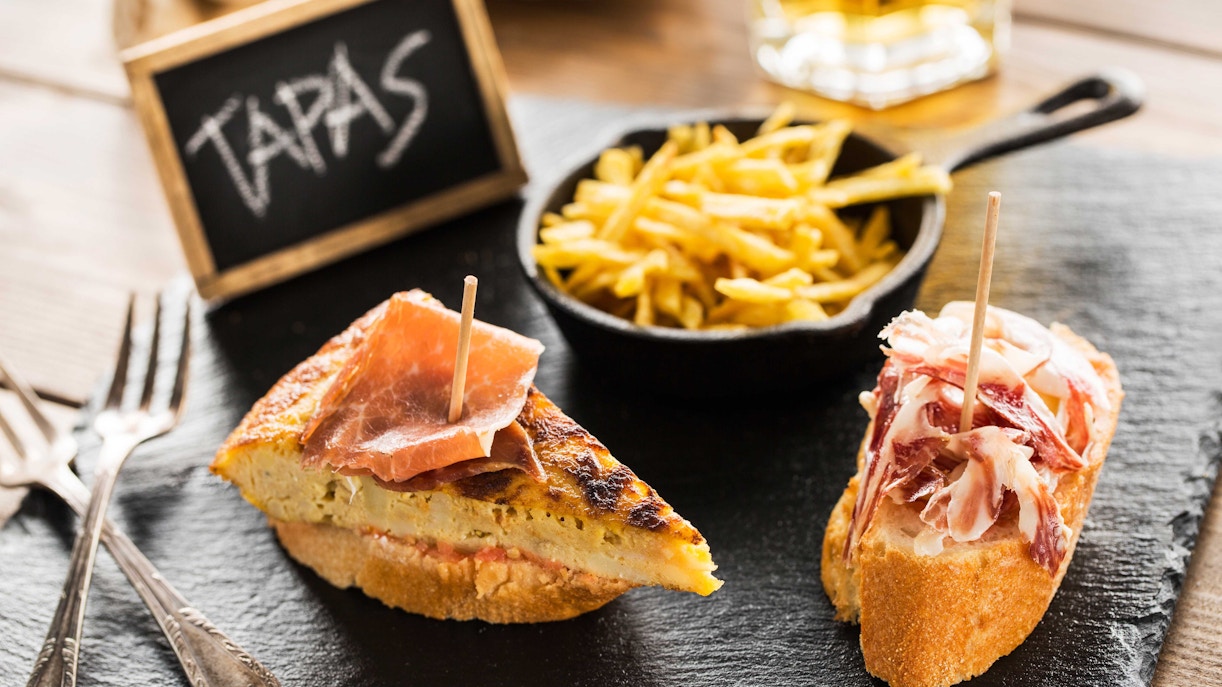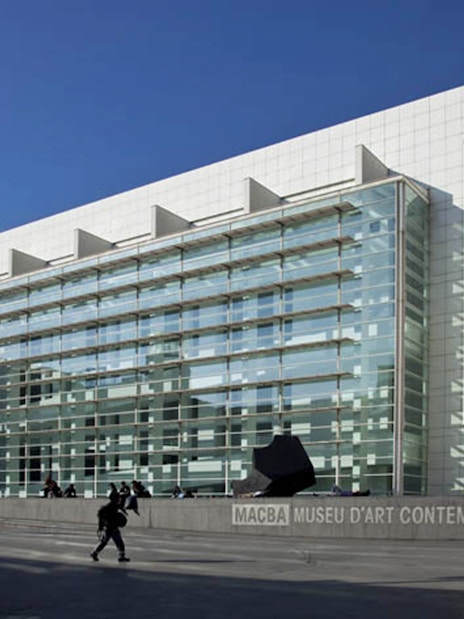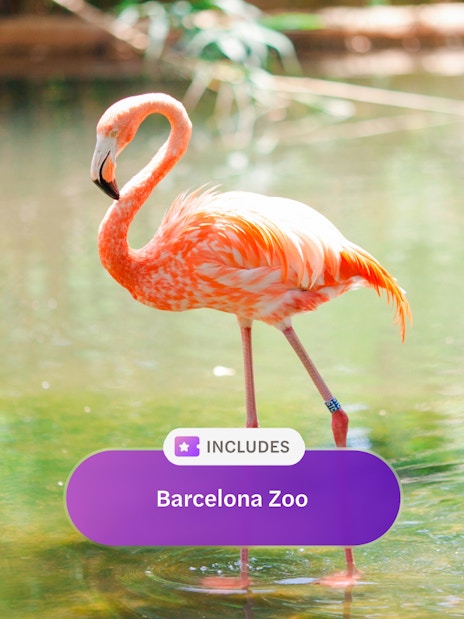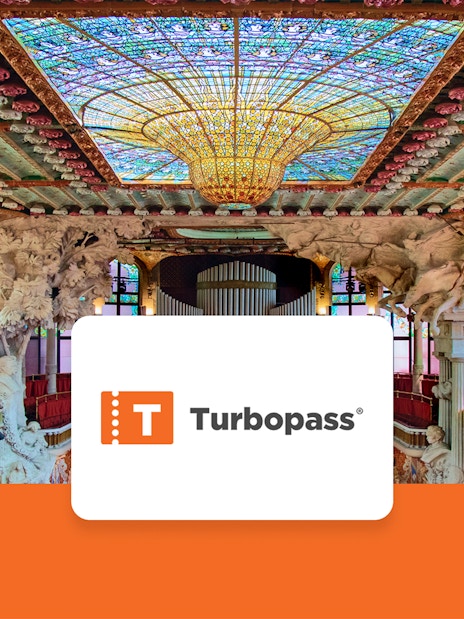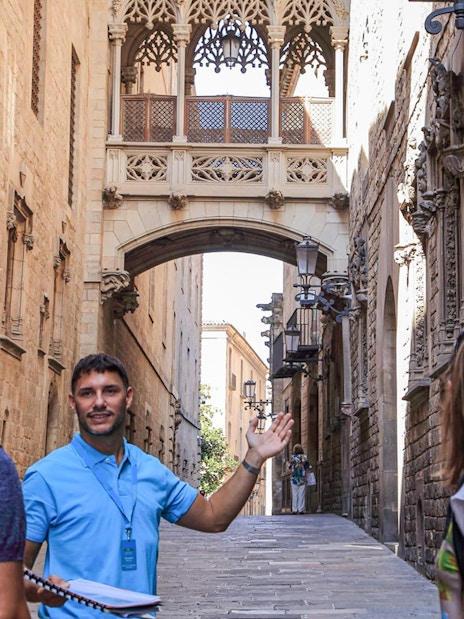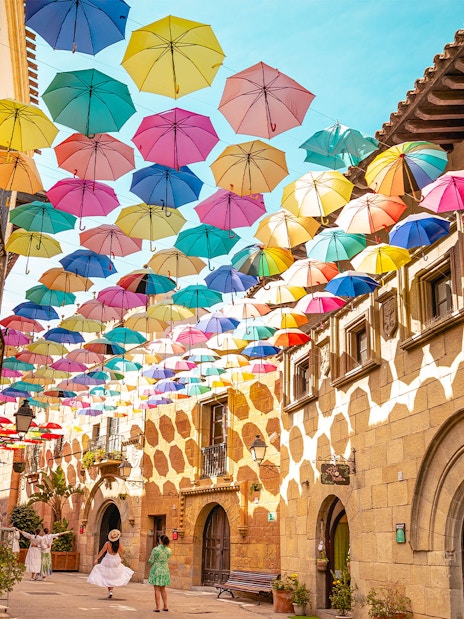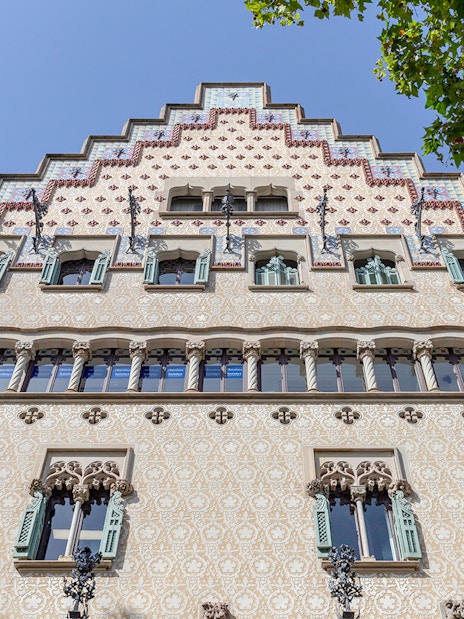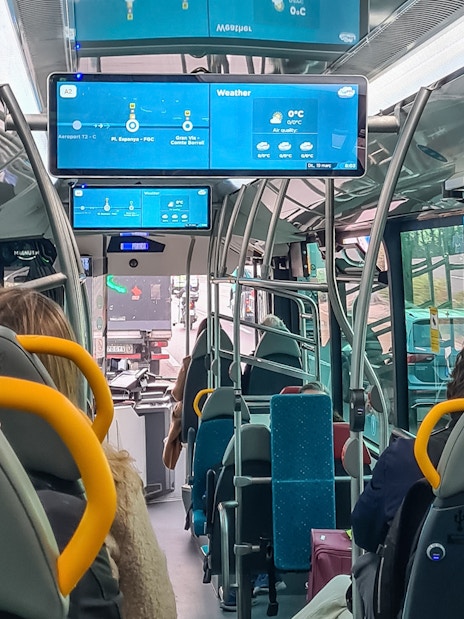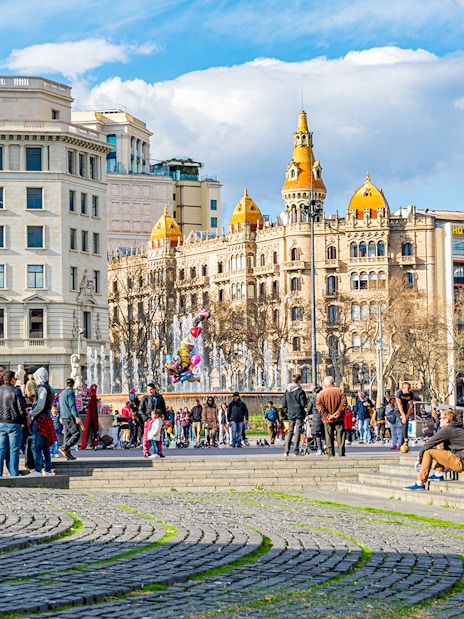- The Barcelona Museum of Contemporary Art, aka MACBA, is a museum that focuses on contemporary art and was declared a cultural heritage site by the Government of Catalonia.
- Built between 1991 and 1995, the museum has an area of 153,923 square feet that features large white-painted spaces where the exhibitions are held.
- The collection here features over 5,000 artworks created from the 1950s to the present day. This includes abstract art from the mid-20th century, artworks from the 1980s, and the contemporary art of the 2000s too.
- MACBA’s collection features works of many renowned artists such as Keith Haring, Vito Acconci, Andy Warhol, Anish Kapoor, Antoni Tapies, Donald Judd, and more.
- There are several seminars, guided tours, video screenings, workshops, etc. held at the museum to educate the public about the contemporary art form.
Book Museum of Contemporary Art of Barcelona Tickets | MACBA
Headout is an authorized and trusted partner of the venue, offering curated experiences to enjoy this attraction.
-01.jpg?auto=format&w=1058.3999999999999&h=540&q=90&crop=faces&fit=crop)
















































